
Minerals like bauxite and copper drive Middle East trade.
The Middle East is globally recognized for its abundant oil and gas reserves, which are major contributors to the region's mineral trade. Oil and gas extraction and export constitute a significant portion of the mineral trade in countries like Saudi Arabia, Iran, Iraq, Kuwait, and the United Arab Emirates (UAE). West Asia is also a notable player in the aluminum industry. The region possesses significant bauxite deposits, particularly in countries like Iran and Saudi Arabia. Bauxite is mined and processed to extract aluminum, which is in high demand for various industries. The trade of bauxite and aluminum products contributes to the mineral trade in the region.
The Middle East is home to large phosphate rock deposits, particularly in countries like Morocco, Jordan, and Saudi Arabia. Phosphates are processed into fertilizers, which are crucial for agricultural activities. The trade of phosphate rock and fertilizers supports the agricultural sector within the region and beyond. West Asia also has notable deposits of precious metals and gemstones. Gold, silver, and gemstones like turquoise, garnet, and opal are mined and traded in countries like Iran, Saudi Arabia, and Turkey. These minerals contribute to the regional trade in luxury goods, jewelry, and investment assets.
The region also trades various industrial minerals, including gypsum, limestone, silica, and salt. These minerals are used in construction, cement production, glass manufacturing, chemical industries, and other sectors. Substances that are formed based on natural processes are called minerals. They are characterized by following the conditions and structures of nature, but organic mines "have the structure, organs and conditions of a living agent" It is also obtained. Minerals are known as the primary form of matter in nature, which is defined in its natural nature and along with the natural characteristics in the mineral class.
We express the main characteristics of minerals with a position outside the definition of organic, which is associated with the purity or stability of the material and the homogenized structure in the crystalline form or solid of the resulting materials, and in its specific conditions while maintaining physical distinguishing conditions and identifies the control of homogeneity as an indicator of a substance; the environment in which these materials have reached the community and called mines and the materials that express the properties of matter within these mines are called minerals.
One way to identify minerals is the absence of a hydrogen carbon bond; if there is hydrogen carbon in the bonding material, we do not call them minerals. Importing and exporting minerals is one of the most lucrative trades in the world. Most successful traders and traders in different countries are engaged in exporting and importing minerals. The Middle East is the first and largest producer of minerals in the world and clearly has a high potential for exports in this area. More than 60 types of minerals are extracted from tens of thousands of mines in the Middle East, all of which are exportable.
Exports of minerals include exports of metallic materials such as copper, iron ore, chromium, etc. and non-metallic materials such as silica, barite, coal, etc. The Middle East's mineral exports have been worth hundreds of billions of dollars in recent years, which shows its importance in the Middle East economy. The macro-policies of the Middle East’s countries are based on the development of mineral exports up to one trillion dollars. Of course, you should note that in recent years, the export duties on mineral raw materials have increased.
The Middle East has substantial iron ore deposits, with countries like Iran, Saudi Arabia, and Turkey being key producers. Iron ore is an essential raw material for steel production, and the region's steel industry relies on both domestic iron ore reserves and imports of iron ore from countries like Brazil, Australia, and Ukraine. West Asia has significant copper deposits, and countries like Iran, Turkey, and Oman have active mining and smelting operations. Copper ore and other base metals, such as zinc, lead, and nickel, are traded in the region to fulfill industrial demands and export to global markets.
-
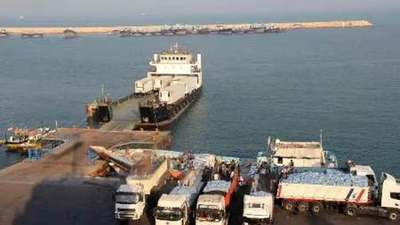
The Middle East is a significant player in the global mineral trade, primarily due to its vast oil and gas reserves. Countries like Saudi Arabia, Iran, Iraq, Kuwait, and the UAE dominate this sector, with oil and gas extraction being crucial. The region also has rich bauxite deposits, particularly in Iran and Saudi Arabia, which are essential for aluminum production. Additionally, phosphate rock deposits in Morocco, Jordan, and Saudi Arabia contribute to fertilizer manufacturing, supporting agriculture. The trade of precious metals and gemstones, including gold and turquoise, enhances the luxury goods market. Industrial minerals such as gypsum, limestone, and silica are vital for construction and manufacturing industries. The Middle East is recognized as the largest producer of minerals globally, with over 60 types extracted from numerous mines. The mineral export market is lucrative, with exports valued in the hundreds of billions, driven by both metallic and non-metallic materials.
Key minerals include copper, iron ore, and chromium, with rising export duties impacting trade dynamics. The region"s iron ore, essential for steel production, is complemented by imports from Brazil, Australia, and Ukraine. Copper mining and smelting operations are active in Iran, Turkey, and Oman, meeting both local and international demands. The macroeconomic policies of Middle Eastern countries aim to boost mineral exports to reach a trillion dollars, showcasing the sector"s importance to the regional economy.
-
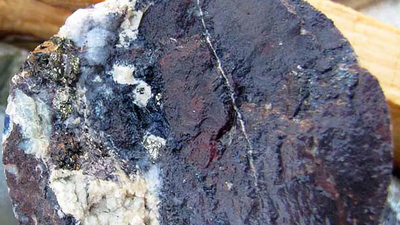
Mineral ores are valuable due to their mineral or metal content, influenced by market demand, extraction costs, and processing feasibility. Ores vary in concentration, from low-grade to high-grade, impacting their economic viability. Key characteristics of minerals include being solid, having a crystalline structure, occurring naturally, and possessing a specific chemical composition. The accessibility of ore deposits, determined by factors like depth and location, affects mining feasibility. Minerals exhibit various physical properties such as color, streak, diaphaneity, density, cleavage, fracture, and hardness, which are essential for identification. Geological processes shape ore formation, with deposits varying in size and shape, influencing extraction methods. The ore grade indicates the concentration of valuable minerals, with higher grades being more economically favorable. Understanding these characteristics is crucial for stakeholders in the Middle East trade platform and B2B marketplace Asia, as they navigate commodity trade and supply chain solutions.
-
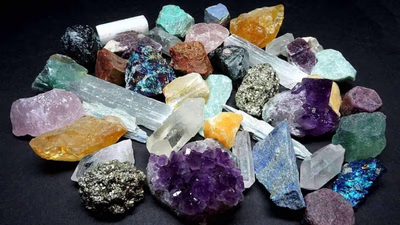
Accurate identification of ore minerals is crucial for minerals merchants, enabling them to assess quality, grade, and purity, which directly impacts market value. This expertise allows merchants to negotiate fair prices and stay informed about market trends and pricing dynamics. By understanding demand and supply, they can identify emerging opportunities and make informed pricing decisions, maximizing profit margins. Additionally, knowledge of mineral identification mitigates risks associated with trading, including transportation and storage challenges. Merchants can differentiate themselves by offering specialized services, attracting clients who prioritize accurate mineral identification. Various techniques, such as visual examination, X-ray diffraction (XRD), and chemical tests, are employed to determine mineral species. These methods provide insights into physical properties, chemical composition, and unique spectral signatures. The ability to identify minerals also opens avenues for value-added services like testing and certification, enhancing customer trust and relationships. Furthermore, merchants can expand their product range and cater to diverse market segments, ultimately fostering long-term partnerships with clients who value expertise in mineral quality and authenticity.
-
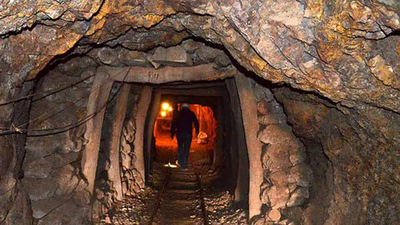
The Middle East, particularly West Asia, is rich in various mineral resources essential for global industries. Key minerals include bauxite, which is the primary source of aluminum, with significant deposits in Iran, Saudi Arabia, and Turkey. Phosphate rock, crucial for fertilizers, is abundant in Jordan, making it one of the largest exporters globally. Copper ore, primarily sourced from Iran, Turkey, and Oman, supports construction and electronics industries. Hematite, the main iron ore, is also found in these countries, vital for steel production. While the region has limited coal resources, small deposits exist in Turkey and Iran. Other minerals like chalcopyrite, chromite, and sphalerite are present but not as prominent. The importance of quality assurance in mineral exports cannot be overstated, as customers often require detailed analyses of shipments.
Exporters must identify reliable suppliers and provide competitive pricing based on quality assessments. This focus on quality and compliance with customer specifications is crucial for maintaining a good reputation in the trade.
-
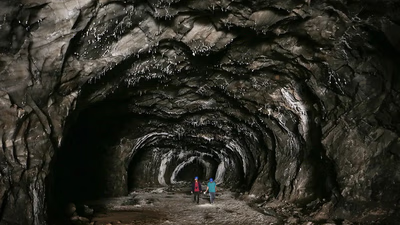
Mineral ores are naturally occurring rocks or sediments containing valuable minerals or elements that can be extracted for various industrial purposes. Formed through geological processes over millions of years, these ores are characterized by their economic value and the concentration of minerals. They serve as primary sources for extracting metals like iron, copper, and gold, as well as non-metallic minerals used in agriculture and energy production. The Earth"s crust comprises over 4000 minerals, with a significant portion made up of eight key elements. Extraction involves mining, crushing, grinding, and refining to separate desired minerals from waste material. The evaluation of mineral ores is crucial in geology and mining, with experts assessing factors such as mineral composition and economic viability to determine the feasibility of mining operations. Understanding the characteristics and processes related to mineral ores is essential for businesses engaged in the Middle East trade platform and B2B marketplaces in Asia, facilitating effective supply chain solutions and regional product listings."





